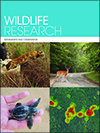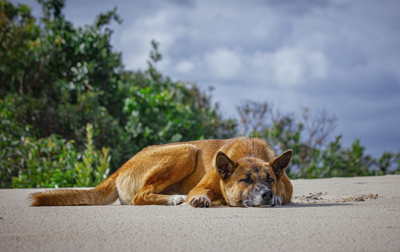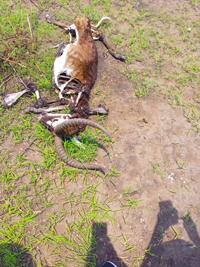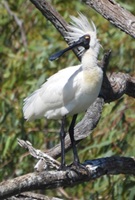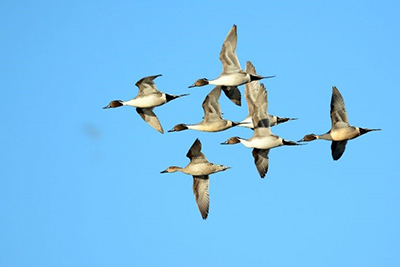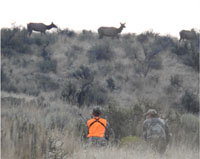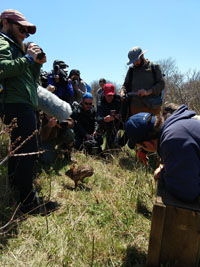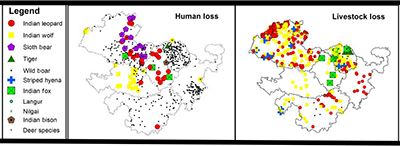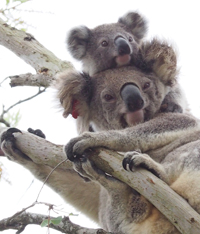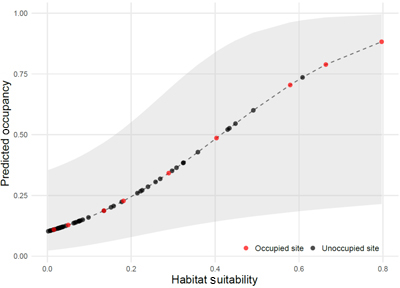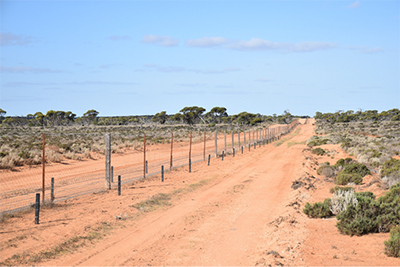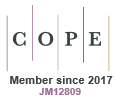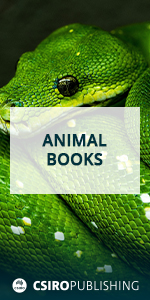The effects of lethal management on carnivore populations are rarely measured. This study modelled how different levels of lethal management could impact a known dingo population in eastern Australia, and showed that lethal control targeting individual problem animals has less impact on population persistence than broadscale culls. In scenarios where this is possible, and where carnivore population persistence is desired, we recommend that targeted lethal control of individuals should take precedence over indiscriminate lethal management. Photograph by Alexander Dibnah.
WR25041 Abstract | WR25041 Full Text | WR25041PDF (1.7 MB) | WR25041Supplementary Material (247 KB) Open Access Article


